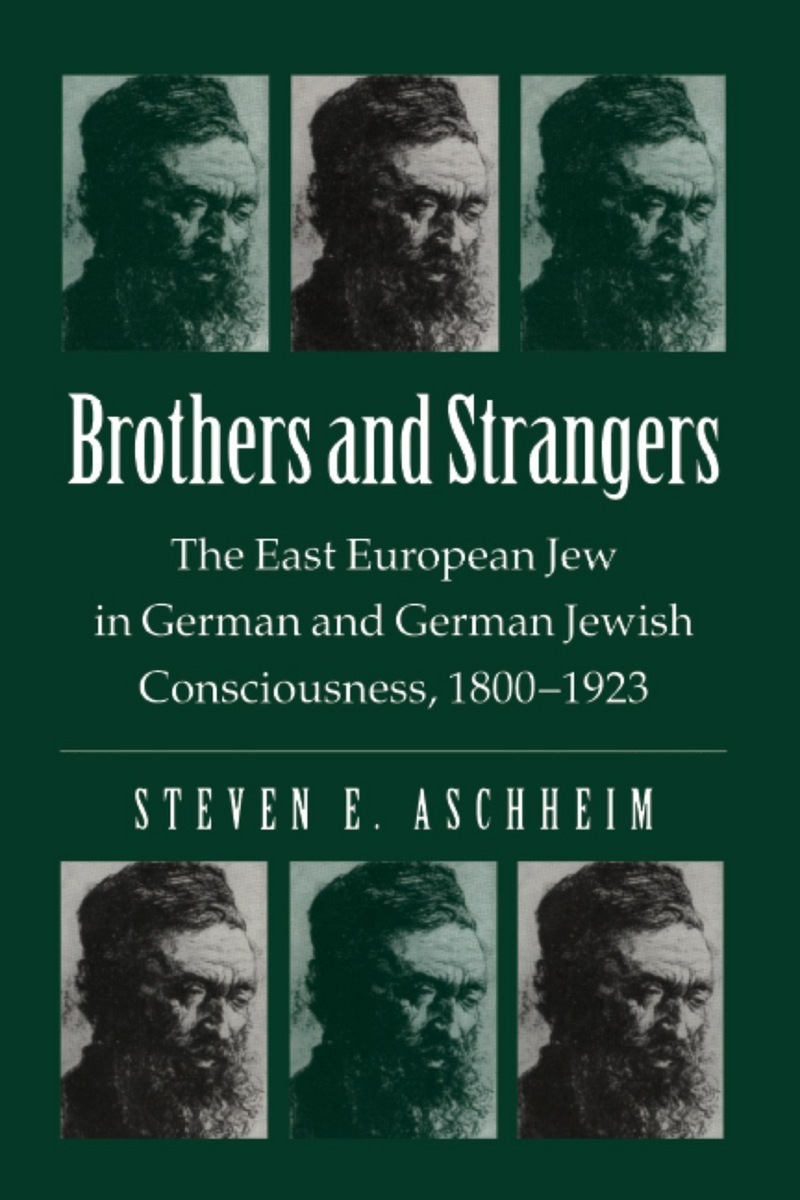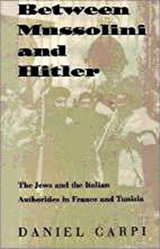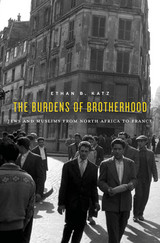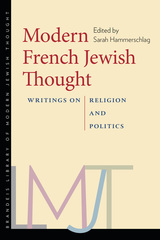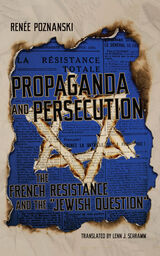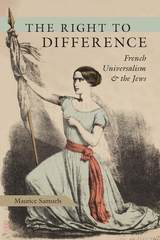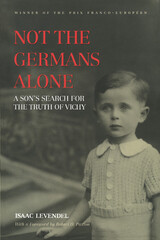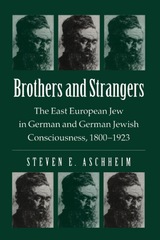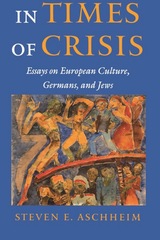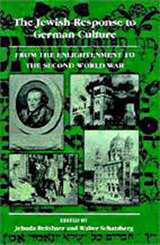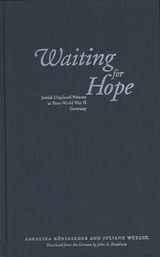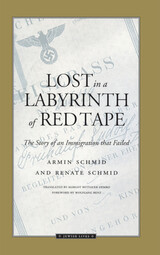eISBN: 978-0-299-09113-2 | Cloth: 978-0-299-09110-1 | Paper: 978-0-299-09114-9
Library of Congress Classification DS135.G33A76 1982
Dewey Decimal Classification 306.089924043
Brothers and Strangers traces the history of German Jewish attitudes, policies, and stereotypical images toward Eastern European Jews, demonstrating the ways in which the historic rupture between Eastern and Western Jewry developed as a function of modernism and its imperatives. By the 1880s, most German Jews had inherited and used such negative images to symbolize rejection of their own ghetto past and to emphasize the contrast between modern “enlightened” Jewry and its “half-Asian” counterpart. Moreover, stereotypes of the ghetto and the Eastern Jew figured prominently in the growth and disposition of German anti-Semitism. Not everyone shared these negative preconceptions, however, and over the years a competing post-liberal image emerged of the Ostjude as cultural hero. Brothers and Strangers examines the genesis, development, and consequences of these changing forces in their often complex cultural, political, and intellectual contexts.
See other books on: Aschheim, Steven E. | Brothers | Jewish | Jews, East European | Strangers
See other titles from University of Wisconsin Press
